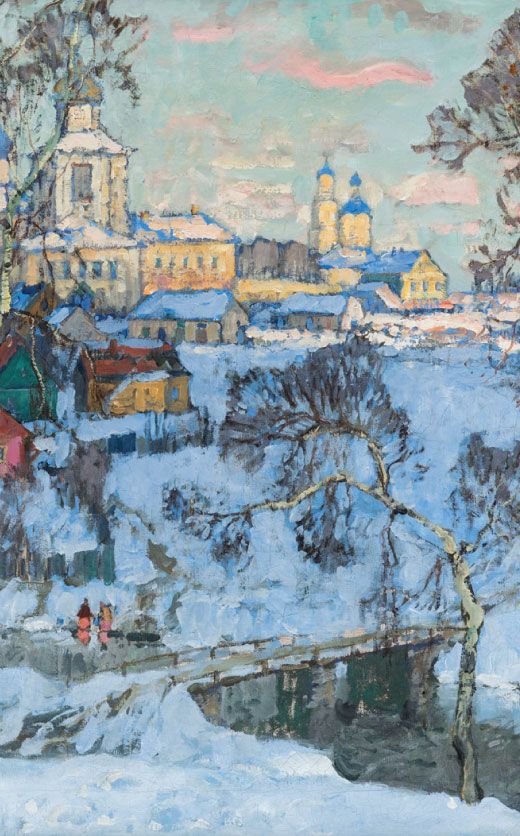33 Results
Sort by
-
 Estimate$200 - $300
Estimate$200 - $300 -
 Estimate$200 - $300
Estimate$200 - $300 -
 Estimate$1,000 - $1,500
Estimate$1,000 - $1,500 -
 Estimate$350 - $450
Estimate$350 - $450 -
 Estimate$800 - $1,000
Estimate$800 - $1,000 -
 Estimate$500 - $550
Estimate$500 - $550 -
 Estimate$300 - $400
Estimate$300 - $400 -
 Estimate$500 - $600
Estimate$500 - $600 -
 Estimate$400 - $450
Estimate$400 - $450 -
 Estimate$350 - $450
Estimate$350 - $450 -
 Estimate$1,200 - $1,400
Estimate$1,200 - $1,400 -
 Estimate$1,200 - $1,400
Estimate$1,200 - $1,400 -
 Estimate$600 - $700
Estimate$600 - $700 -
 Estimate$500 - $600
Estimate$500 - $600 -
 Estimate$1,800 - $2,200
Estimate$1,800 - $2,200 -
 Estimate$500 - $600
Estimate$500 - $600 -
 Estimate$300 - $350
Estimate$300 - $350 -
 Estimate$500 - $600
Estimate$500 - $600 -
 Estimate$800 - $1,200
Estimate$800 - $1,200 -
 Estimate$800 - $900
Estimate$800 - $900 -
 Estimate$300 - $350
Estimate$300 - $350 -
 Estimate$300 - $350
Estimate$300 - $350 -
 Estimate$500 - $600
Estimate$500 - $600 -
 Estimate$300 - $400
Estimate$300 - $400 -
 Estimate$1,800 - $2,200
Estimate$1,800 - $2,200 -
 Estimate$300 - $400
Estimate$300 - $400 -
 Estimate$3,000 - $3,400
Estimate$3,000 - $3,400 -
 Estimate$1,800 - $2,200
Estimate$1,800 - $2,200 -
 Estimate$300 - $350
Estimate$300 - $350 -
 Estimate$600 - $800
Estimate$600 - $800



 EUR
EUR CAD
CAD AUD
AUD GBP
GBP MXN
MXN HKD
HKD CNY
CNY MYR
MYR SEK
SEK SGD
SGD CHF
CHF THB
THB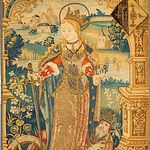
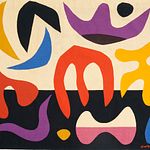
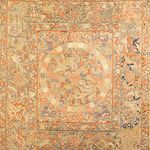
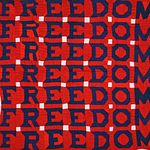



 Live Auction in Progress
Live Auction in Progress
